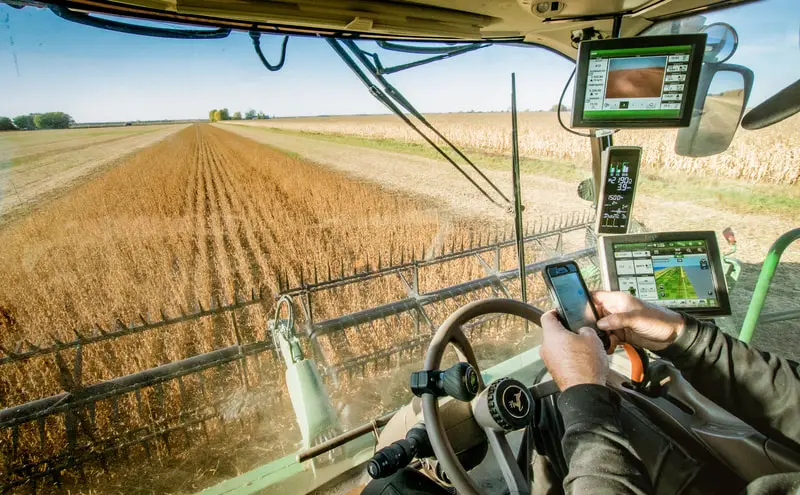
Displays are becoming increasingly important in the agriculture market. They are being used to monitor crops, livestock, and soil conditions, as well as to provide farmers with information about weather, market prices, and government regulations.
One of the most common uses for displays in agriculture is to monitor crops. Displays can be used to track the growth of crops, to detect pests and diseases, and to measure the amount of water and fertilizer that is needed. This information can help farmers to improve crop yields and to reduce costs.
Additionally, displays are used in farm tractors, large agriculture equipment, and small sub-compact tractors. Displays are important as they show vital information such as engine temperature, oil levels, gas levels, and battery voltage.
Displays are also being used to monitor livestock. Displays can be used to track the weight and health of livestock, identify pregnant animals, and monitor the amount of food and water that is being consumed. This information can help farmers to improve the health and productivity of their livestock.
In addition to monitoring crops and livestock, displays are also being used to monitor soil conditions. Displays can be used to measure the pH level of the soil, the amount of moisture in the soil, and the presence of nutrients in the soil. This information can help farmers to improve the quality of their soil and to increase crop yields.
As technology continues to advance, displays are becoming even more important in the agriculture market. Newer displays offer higher resolutions, wider viewing angles, and faster response times. These features can make it easier for farmers to see the information that they need, to make better decisions, and to improve their productivity.
Here are some of the benefits of using displays in agriculture:
Overall, displays play an important role in the agriculture market. They can help farmers to improve crop yields, reduce costs, increase productivity, improve decision-making, and enhance safety. Kristel Displays has supported some of the largest manufacturers in the agriculture market and we continue to do so to this day.
 Powered by SEOLEVELUP, LLC® Website Design SEO Company
Powered by SEOLEVELUP, LLC® Website Design SEO Company